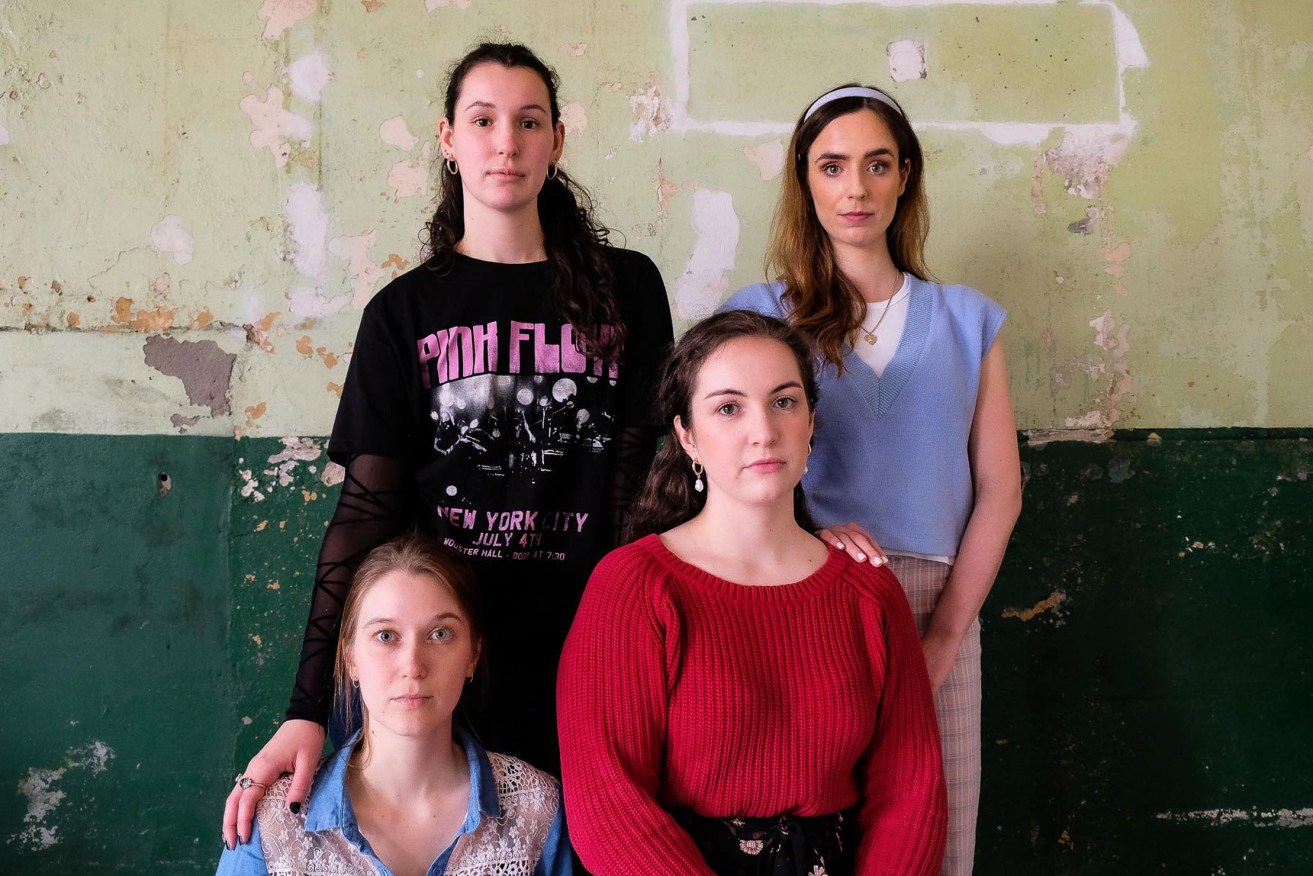Fringe review: Hedda, Nora, Julie and Me
Bringing together four complex characters from the classic stage canon, this original theatre work is weighed down by the treatment of its source material. ★★★


The cast of 'HEDDA, NORA, JULIE AND ME'. Photo: Claudia Piggott
There’s an enormous risk in using something old to make something new.
Strangely enough, The Simpsons is a guiding light for artists working in this realm. Even without prior knowledge of Poe’s The Raven or The Tell-Tale Heart, audiences can revel in the episodes that borrow heavily (though, admittedly, with little depth) from the 19th-century writer.
BackYardTheatreEnsemble’s (BYTE) HEDDA, NORA, JULIE AND ME, is not as successful in plying its source material to create a new work capable of standing alone.
The play imagines that four characters taken from classic stage canon are old friends. It brings together Nora and Hedda, respectively from Ibsen’s A Doll’s House and Hedda Gabler, with Julie from Strindberg’s Miss Julie and Nina from Chekhov’s The Seagull.
The conceit has huge potential. These are all women who, in one way or another, are suffocated by the strictures of social norms.
In the play’s opening sequence, it feels like that potential might be fulfilled. Non-linear snatches of monologues from each character are poetically and affectingly scripted. From the stage, a swirling cloud of existential anxiety rises.
But when the play shifts gear into a more realistic treatment – bringing all four women together in Nora’s house for a long overdue visit – the constraints of the original works become a burden.
There’s an inconsistency in the way the characters are drawn. While Nina – played in a perfectly calibrated performance by Amalia Krueger – feels complete and rounded, drawn in the best of the naturalistic theatre tradition, Hedda and Julie are written as one-dimensional. Nora falls somewhere in between. This might (perhaps) be a way of referencing the source material, but the result is scenes that can’t cohere – instead, the forms of the characters scrape up against one another and create a distraction.
The plot touches on almost all the big issues – unrequited love, suicide, unwanted pregnancy, artistic drive, fame, regret and, superficially, feminism. Yet, it uncannily results in the women spending a lot of their time talking about men. Amid this dialogue, the many tensions playing out between the characters and with the outside world feel underdeveloped. Perhaps an audience member intimately familiar with the original plays would have enough context to colour in the storylines, but – unfortunately – the close study of Ibsen, Chekhov and Strindberg is not common enough in Australia.
Littered with beautiful one-liners delivered by measured and deft performers, and staged on an effectively stark and symbolic set, HEDDA, NORA, JULIE AND ME has many golden moments, but they’re sadly eclipsed by a slowly unravelling bigger picture.
HEDDA, NORA, JULIE AND ME is showing at Goodwood Theatre and Studios until February 26.
Read more 2022 Adelaide Fringe stories and reviews here.




